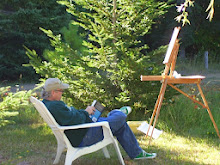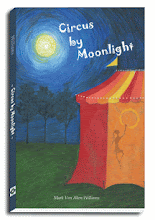In 1838, an American by the name of Josiah Harlan led an expedition against Murad Beg (prince of Kunduz and tribal war lord) in Afghanistan. His army included 1,400 cavalry, 1,100 infantry, 2,000 horses, and 400 camels. This rag-tag army crossed the Hindu Kush and followed the path of Alexander. Before unleashing his force on the region he unfurled the Stars and Stripes from the highest pass (Khazar) and had his troops fire a twenty-six gun salute.
Now, let’s back track a little. Who in the heck was this guy?
He was a soldier of fortune from Pennsylvania (and yes—had a Quaker upbringing), who sailed east in 1823 in search of adventure and ended up in India (with the Bengal Artillery) as an assistant surgeon. He had no medical training. He fought in Burma.
When the fighting ended, Harlan resigned and moved into northern India, where he hooked up with Shah Sujah (deposed Afghan monarch in exile). Once he had joined the royal circle, he disguised himself as a dervish and undertook a spying mission to Kabul. When he made his report (that the forces were too strong and well entrenched to attack) the Shah rewarded him with the titles of “King’s Nearest Friend” and “Companion of the Imperial Stirrup.”
Sounds cool to me! Especially the second one.
He then moved on to the court of Ranjit Sing as a mercenary and bagman. Eventually he pops up in Kabul a year later as aide-de-camp to the Sikh monarch’s archrival, Dost Mohammad Khan.
Loyalty going to the highest bidder, you could say in this field.
His new boss had a rapacity for gold, and possessed a cruelty that doubted every motive but self interest. Oh yeah, and he was a drunk.
One wonders how Harlan’s Quaker upbringing reconciled with the perpetual and shameless bacchanals of drink, prostitutes, singers and actors.
Perhaps it was his sober reticence that impressed his boss, because he made him second in command of an expedition against Murad Beg.
After punishing Murad Beg, the army returned to Kabul in 1839. It was then that Harlan learned that the Government of India was sending an army to restore Shah Sujah to the Afghan throne. Dost Mohammed named Harlan as commander-in-chief of his army. But when his people heard of the size of the army advancing, they deserted their leader en masse.
This is when Harlan returned to Philadelphia (1841). He wrote a memoir, where he refers to himself as General.
He tried to promote the use of camels by the US Army. And during the Civil War, he raised a regiment known as Harlan’s Light Cavalry. After the war he got Congress to raise $10,000 for a Central Asian Expedition. It never happened, and Harlan ended his days in San Francisco, where he practiced medicine until his death in 1871.
Monday, November 2, 2009
Subscribe to:
Posts (Atom)






